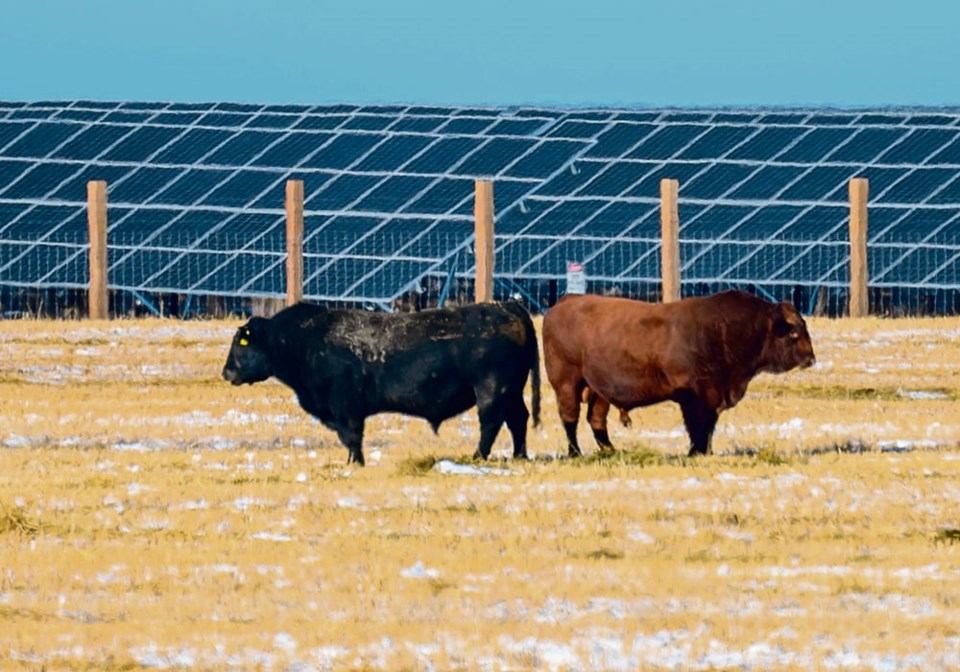MEDICINE HAT. Alta. — Canada’s draft policy that would provide financial incentives to livestock producers to reduce methane from cattle aligns with the beef sector’s target to see those emissions reduced by a third by 2030.
But how well the federal government’s proposals will merge with the sector’s efforts, which have already resulted in Canadian beef producing half the emissions compared to all other major producing
Dennis Laycraft, Canadian Cattle Association executive vice-president, said they’ll know more about the draft federal policy once consultations begin in mid-January.
“At this stage, there has been very little consultation on what was announced, so we’re waiting,” he said. “Direct incentives are generally your most efficient way to bring about positive change but it’s unclear to us what is actually going to be proposed.”
CCA has been working with the Canadian Roundtable for Sustainable Beef to develop protocols that are practical to implement.
Current options for producers to access carbon credits often see private companies do the heavy lifting when it comes to calculating emission efficiencies on operations, which then take a hefty chunk of the payout.
“We want to make sure if something is going to help us accelerate our efforts, that it really has to flow back efficiently to cattle producers for it to work,” said Laycraft.
He added the CCA expects to release a progress report on the sector’s efforts to reduce methane emissions in the new year since the strategy was launched in 2017.
“Every tool including incentives will (be) helpful in achieving that (30 percent by 2030) goal,” said Laycraft.
Research is being conducted into cattle genetics to find ways to reduce methane emissions, and there are feed additives up for regulatory approval, specifically, 3-Nitrooxypropanol (3-NOP).
The regulatory process for 3-NOP is notable, said Laycraft, as it marks one of the first times approval has been sought for an additive for environmental purposes.
“We’re pleased with the effort going into that. We’re optimistic it will be available soon,” said Laycraft, adding other global players in the beef sector will be watching Canada’s lead.
Melissa Downing, regulatory and sustainability director with the Alberta Cattle Feeders’ Association, said her organization, along with the National Cattle Feeders’ Association, support the beef industry’s goal of reducing emissions.
Feeders already work on thin margins and are adept at finding efficiencies, she said, but the sector is always willing to find more.
“Whether this protocol helps drive that, we’ll find out,” said Downing. “We have a very innovative, progressive group of cattle feeders who are always looking for ways to improve and maintain the sustainability of their operations.”
She highlighted Canada as being the leader on environmental efforts, “where we produce beef with an emissions footprint less than half of the global average.”
SASKTODAY.ca is Saskatchewan's home page. Bookmark us at this link.




